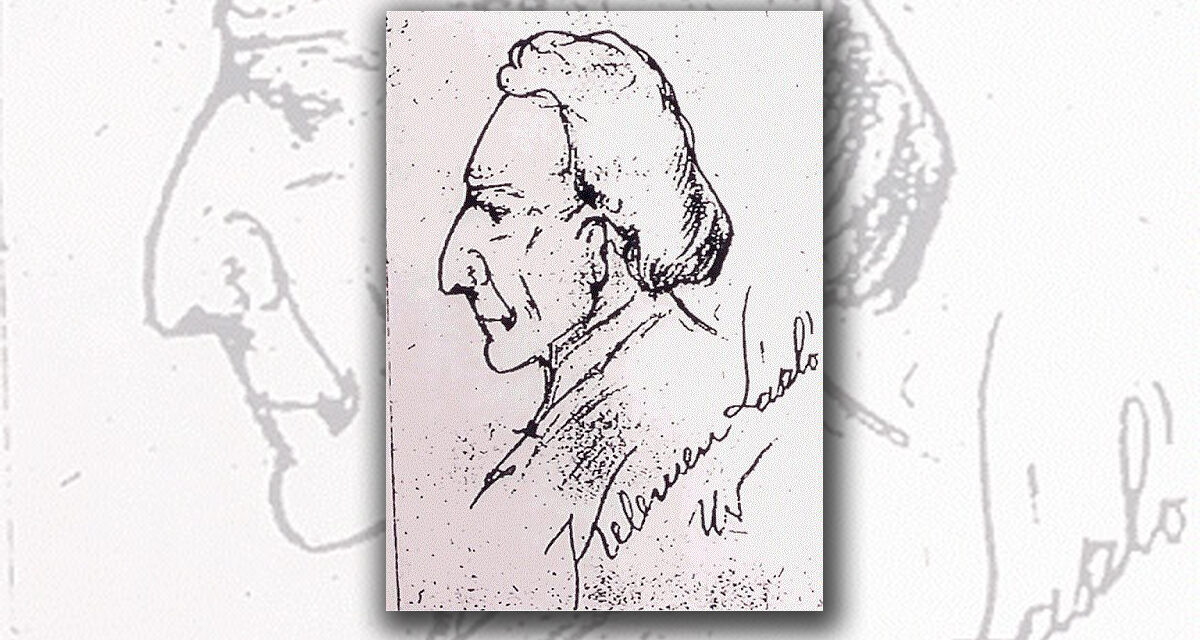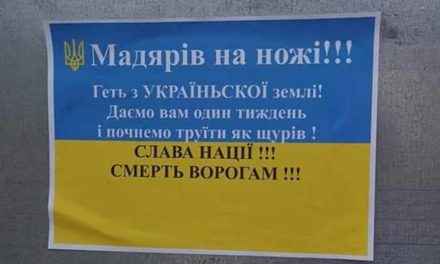The theater history exhibition "László Kelemen and his time" will open in Sepsiszentgyörgy on World Theater Day, the Liszt Institute in Sepsiszentgyörgy announced.
The exhibition, realized as a result of the collaboration between the institute, the Thália Theater in Kassa and the Tamási Áron Theater in Sepsiszentgyörgy, will be opened on March 27 at 11 a.m. in the lobby of the Székelyföld theater. It is curated by theater historian Zsuzsanna Szebeni, head of the institute.
According to the announcement, the exhibition, which features numerous research innovations in theater history, guides the audience through the most important theater stages of the Austro-Hungarian Monarchy. It presents the history of acting endeavors in the Hungarian language, spanning almost a century and a half.
"We can get to know the history of the establishment of the first Hungarian-language theater company, its company members, and the adversities it experienced. László Kelemen's life became intertwined with the history of contemporary theater"
- says the announcement, according to which the theater director's versatile career and rich activities exemplify the beginnings of Hungarian-language theater.
The exhibition, consisting of 18 compositions, presents the masterpieces of Jesuit set and costume design, and also gives an insight into the student acting of religious schools.
"It also includes the photographic reconstruction of the stage outfits of the period, the plans for the unrealized Hungarian-language theater in Rozsnyó (Felvidék), Szeged's efforts to create a permanent company and theater building, and the episode of the betrayal of the actor Ferenc Sehy"
- they wrote, recalling that the exhibition was prepared for the 250th anniversary of the birth of László Kelemen at the request of the Thalia Theater in Kas.
László Kelemen (Kecskemét, July 26, 1762 – Csanádpalota, December 24, 1814) was the first Hungarian theater director and playwright, his life was closely intertwined with the period of itinerant theater and troupe development. He has Transylvanian roots, from a Roman Catholic family of noble origin. In addition to several cities, he also tried to organize a troupe in Nagyvárád.
The Sepsiszentgyörgy exhibition can be viewed until April 7.
MTI













